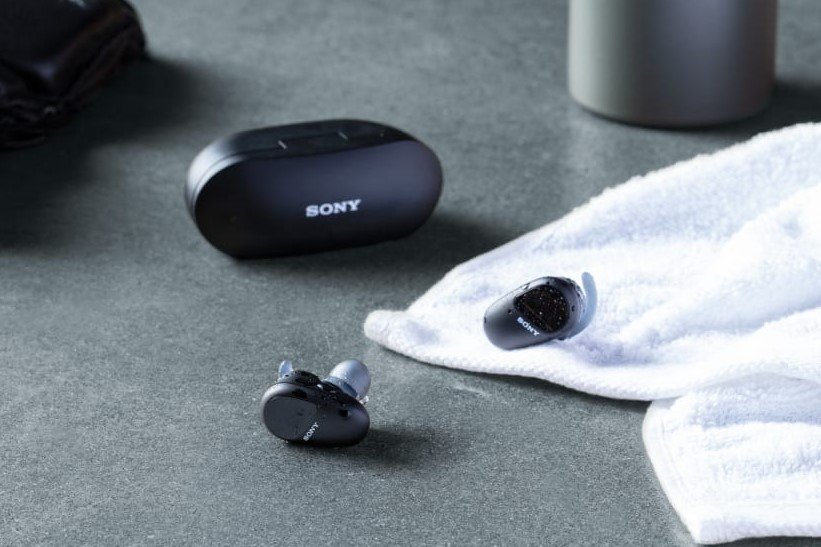
Sony WF-SP800N
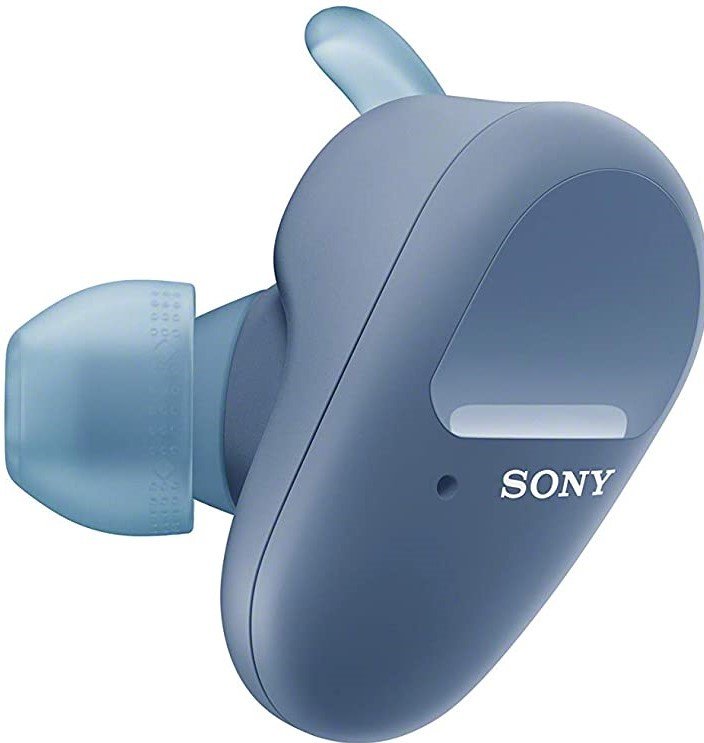
The WF-SP800N feature ANC, customizable sound, hands-free Google Assistant or Amazon Alexa, and longer buds battery life. However, their charging case is much larger than the Pixel Buds' case.
Sony WF-SP800N
Great package
Google Pixel Buds (2020)
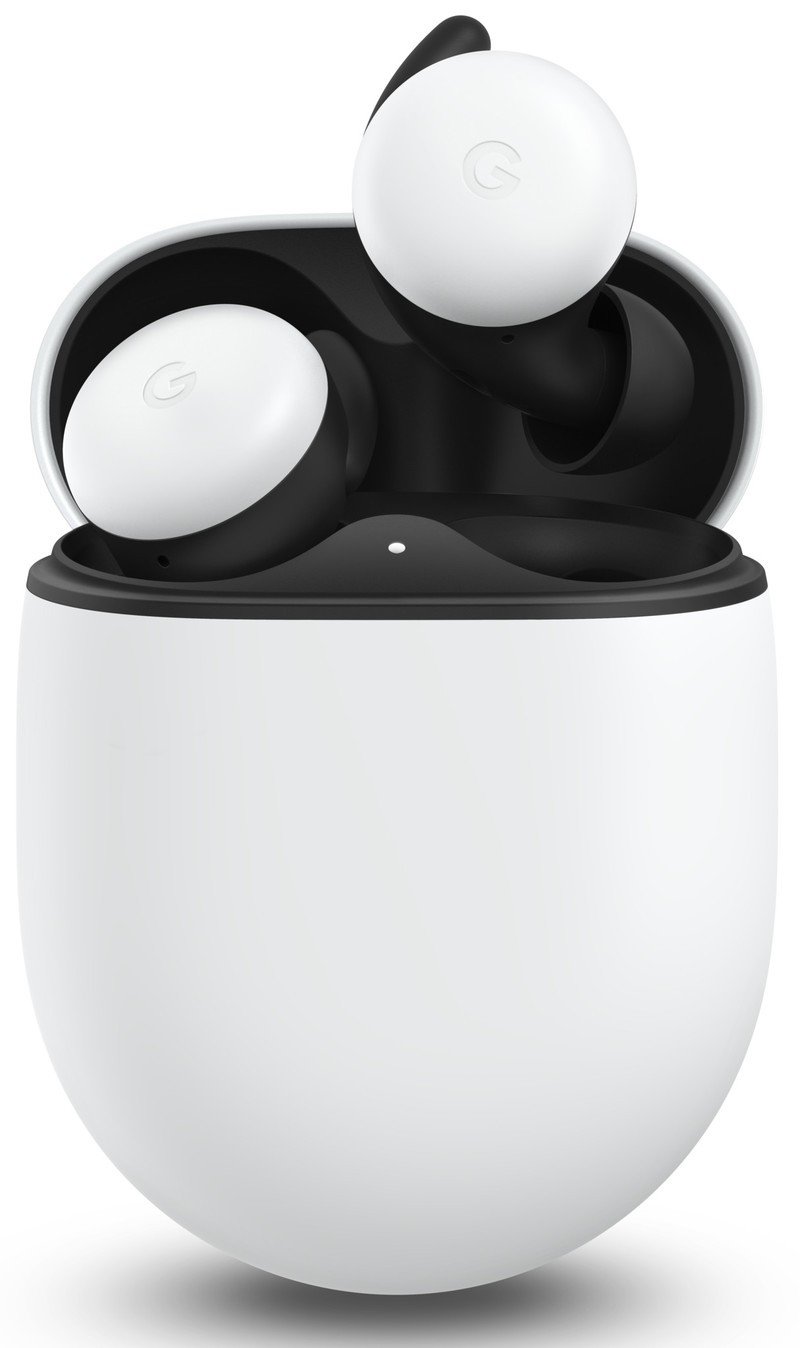
The Pixel Buds integrate super well with the Google Assistant and Android. They are super compact and feature USB-C and wireless charging. However, they lack ANC and the buds don't last as long as the WF-SP800N.
Google Pixel Buds (2020)
Compact in every way
The WF-SP800N offer longer buds battery life and ANC, something the Pixel Buds (2020) lack entirely. They also offer much more customizability when it comes to how they sound. However, the Pixel Buds feature overall better battery life, a wireless charging case, actual volume control on the buds themselves, and an overall more compact package.
Bigger is better — at least in this case
The biggest difference between the WF-SP800N and the Pixel Buds is that the WF-SP800N feature ANC while the Pixel Buds don't. This means that the WF-SP800N will be able to block out the world around you without forcing you to raise the volume. The WF-SP800N are able to block out a good chunk of low-end noise such as on planes or buses. The Pixel Buds solely rely on passive isolation, meaning you'll need to crank the volume in order to block out environmental noise.
In terms of battery life, the WF-SP800N's buds last longer than the Pixel Buds at nine hours versus five hours, respectively. However, the Pixel Buds' case gives you more recharges with up to 19 hours worth of recharges versus nine hours. This doesn't account for the fact the rated battery life accounts for the WF-SP800N's ANC. The WF-SP800N will last you a good amount longer if you disable ANC.
Comfort is where things get interesting. The WF-SP800N are super comfortable, even after long periods of time. This is despite the buds being a bit large compared to the Pixel Buds and most other true wireless earbuds. The Pixel Buds are still fairly comfortable, at least over shorter periods of time. However, they feature an integrated wing on both buds that can sometimes get uncomfortable over long periods of time for some people.
| Header Cell - Column 0 | Sony WF-SP800N | Google Pixel Buds (2020) |
|---|---|---|
| Battery life (buds) | 9 hours | 5 hours |
| Battery life (case) | 9 hours | 19 hours |
| Wireless charging | No | Yes |
| Active noise cancelation | Yes | No |
| Water resistance | IP55 | IPX4 |
| Hands-free voice assistant | Google Assistant or Amazon Alexa | Google Assistant |
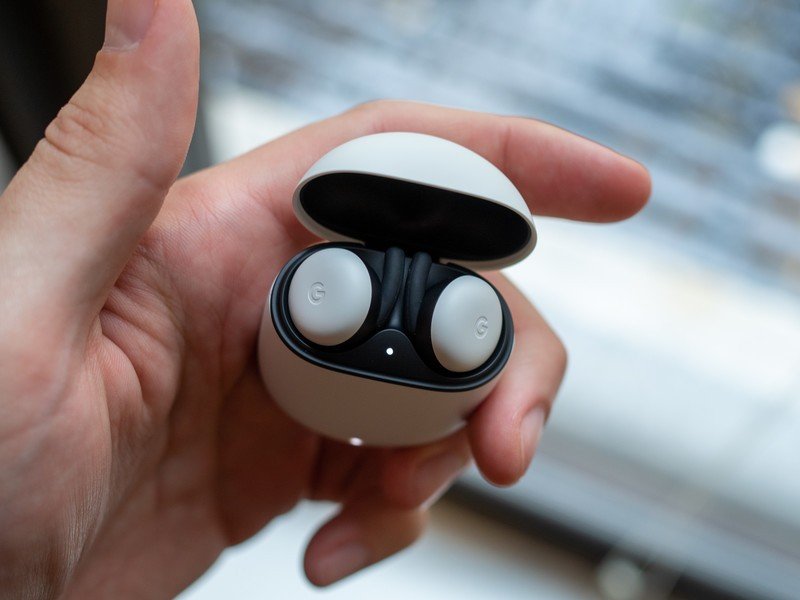
When it comes to sound quality, the WF-SP800N easily win here. They have a slightly "warmer" sound which translates to having a ton of bass. That's to be expected since the WF-SP800N are part of Sony's Extra Bass line of headphones. The bass is even still able to retain resolution and detail. The midrange and high notes remain balanced and smooth. If you don't like the sound you can always adjust it in the smartphone companion app.
Be an expert in 5 minutes
Get the latest news from Android Central, your trusted companion in the world of Android
On the other hand, the Pixel Buds feature a bass-heavy sound with a balanced midrange but a slightly recessed treble. The Pixel Buds can sometimes sound hollow and dull depending on what audio you're playing. Unfortunately, you won't be able to customize their sound because Google does not offer a first-party equalizer for the Pixel Buds. Of course, you can always use a third-party app to tune the Pixel Buds but it isn't as great as a first-party option.
The Pixel Buds' defining feature is their first-party integration with the Google Assistant and Android devices. They offer one-tap pairing to your Android device and another tap will prompt you to install their companion app. From there you'll be able to access the Assistant via a tap and hold gesture on the buds themselves or via voice with their trigger word, hands-free. Their companion app features the ability to find your earbuds if you ever misplace them.
Sony's companion app isn't as polished but the app offers more audio-based controls than what Google offers. There's a built-in visual equalizer that's fairly easy to understand. The app also lets you customize the amount of ANC you want. You can have anything from no ANC, to just let voices in, or full ANC. You'll also be able to configure your earbuds to either use Google Assistant or Amazon Alexa here as well. You'll be able to use either voice assistant hands-free, which is always welcome.
Bottom line
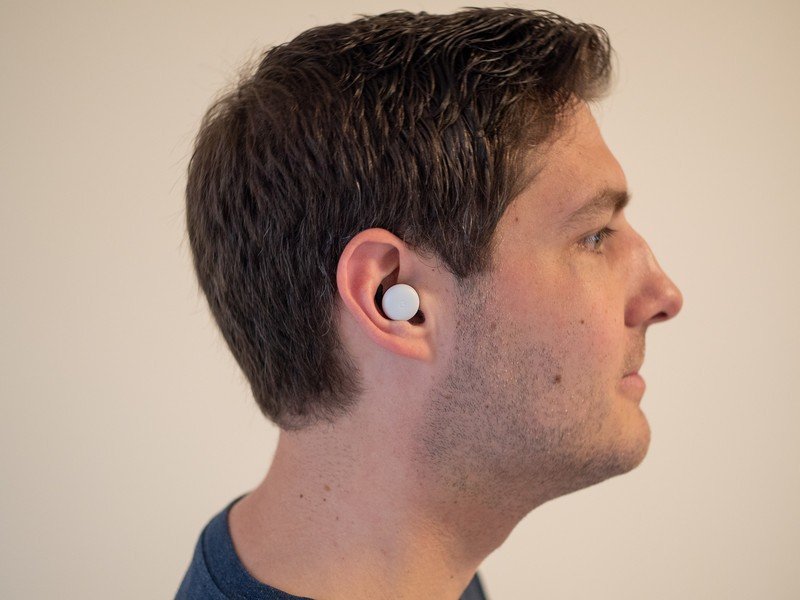
Ultimately, the WF-SP800N are the better choice unless you absolutely need a wireless charging or compact charging case. The WF-SP800N's buds last much longer and their total battery life is only a smidge less than what is found on the Pixel Buds. You'll also get IP55 dust and water resistance versus IPX4 with the Pixel Buds. You don't really need to know what that means, just know that the WF-SP800N are designed for more intense workouts and situations where you might be hit with water. Just don't fully submerge them or use them in workouts such as swimming.
The only real thing the Pixel Buds (2020) have going for them is their compact charging case, which also supports wireless charging, and how you can control the volume of either earbud without having to reach for your phone. The one-tap pairing is cool but that'll be a one-time thing for most people. Find my buds is handy but is limited to your phone's Bluetooth range since the Pixel Buds don't have Wi-Fi or cellular capabilities.

